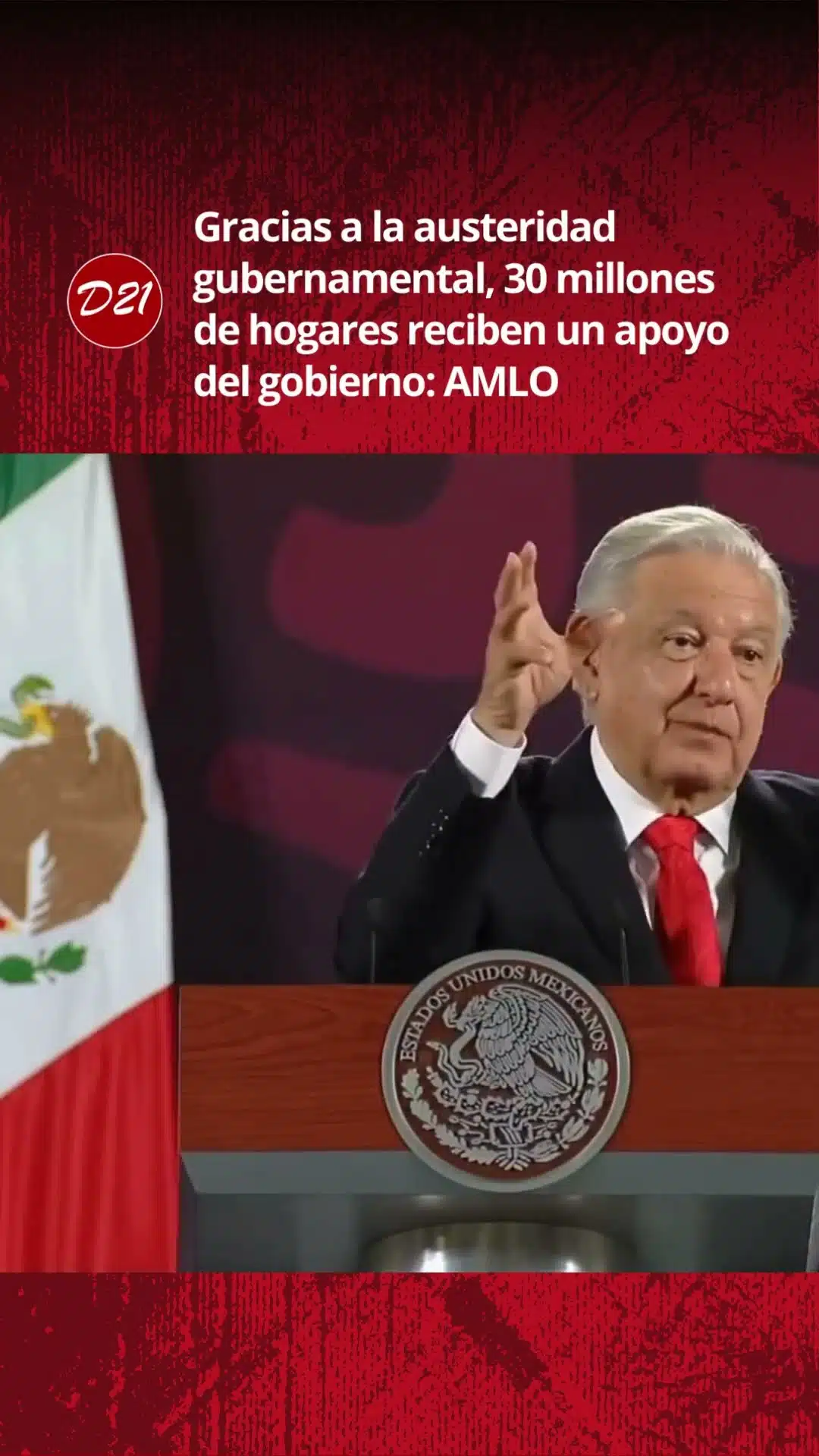Austerity in action: The government implements measures to reduce expenses on travel, consulting, and advertising in order to control the fiscal deficit

In a difficult economic context, the government has decided to implement a series of austerity measures aimed at reducing expenses in areas considered non-critical, such as travel, consulting, and advertising. These actions are part of a broader effort to control the fiscal deficit that has affected the country in recent years, and they aim to optimize the use of public resources, ensure fiscal sustainability, and promote more transparent practices in the management of state funds.
In a context of economic crisis, the government has decided to implement an austerity plan whose main objective is to control the fiscal deficit. The new policies seek to reduce expenses in areas considered non-critical, such as travel, consulting, and advertising, with the intention of promoting financial sustainability and the efficiency of public spending. This article breaks down the measures adopted and their implications for public administration.
Context of Austerity
The fiscal deficit in Peru has reached alarming figures, with 2023 being a year in which the fiscal deficit rule was breached for the first time in 22 years. With a projected deficit of 2.8% of GDP, the urgent need for corrective measures has become evident. In this context, the government has decided to implement a strong adjustment in spending, particularly focusing on controlling resources allocated to areas where spending has been deemed excessive.
Specific Austerity Measures
Within the framework of this austerity plan, the government has listed several specific measures. Among them, the limitation of expenses on travel within and outside the country stands out, as well as the reduction of consulting and advertising. Additionally, restrictions will be established on the acquisition of official vehicles and on expenses related to communication.
Reduction of Travel Expenses
One of the most critical areas that will be affected by these policies will be public officials’ travel expenses. Starting this year, non-essential travel will be limited, with the aim of significantly reducing associated costs. These changes are expected to promote a more efficient management of public funds, limiting abuses in the use of state resources.
Change in Consulting Policy
The government has also indicated that it will review consulting contracts, seeking to eliminate those that are not essential. This includes the approval of new consulting projects that involve high expenses and do not demonstrate a clear return in terms of results. By optimizing these expenditures, the aim is to enhance the effectiveness of the state budget.
Cuts in Advertising and Communication
The use of resources in advertising and institutional communication will also be subject to review. Budgets allocated for advertising campaigns will be reduced, prioritizing those that are strictly necessary to ensure transparency in public management. This is considered essential to maintain public trust while ensuring responsible management of expenditures.
Implications of Austerity Measures
The implementation of these austerity measures aims not only to reduce the fiscal deficit but also has broader implications for public management. The spending restrictions will force government entities to prioritize projects and expenses that truly generate a tangible benefit for society.
However, these decisions may not be well received by all sectors, as they could lead to operational limitations for public entities. Criticism focuses on the risk that these restrictions could affect the quality of services offered to citizens and generate widespread discontent.
Conclusions on Austerity Policy
In summary, the government has launched a set of austerity measures aimed at controlling the fiscal deficit by reducing expenses in non-essential areas. The decisions made will establish a new approach to the management of public resources, promoting efficiency but also generating challenges in the operation of state entities. The effectiveness of these measures will depend on the government’s ability to balance expenditure control with the need to provide quality services to the population.
The increase in fiscal deficit in Peru has led the government to adopt unprecedented austerity measures aimed at optimizing the use of public resources. The challenging economic circumstances have forced the hand of the Executive, which has decided that it is essential to control and reduce expenses in areas considered non-essential, such as travel and consulting, through the implementation of a strict austerity plan.
One of the most striking decisions includes the limitation of expenses on travel and events that are not urgent. These financial cuts direct the government’s focus toward a more responsible and transparent administration, reflecting the urgent need to reduce the fiscal deficit, which reached a concerning 2.8% of Gross Domestic Product (GDP) in 2023. The goal is to prevent this figure from becoming a factor that destabilizes the national economy in the future.
Moreover, the approach toward consulting and non-critical advertising expenses highlights a shift in public spending that responds to demands for financial recovery. Regulators seek to promote a culture of efficiency and transparency, ensuring that every sol of taxpayer money is used optimally and responsibly. Such measures not only foster greater awareness about resource use but also aim to restore citizen trust in their authorities.
Overall, these austerity policies reflect an adjustment to the country’s economic reality, requiring innovation and determination to solve the problems that have affected economic growth. The government aims to build a path toward fiscal stability, ensuring that the lessons of the past translate into effective actions in the present.





